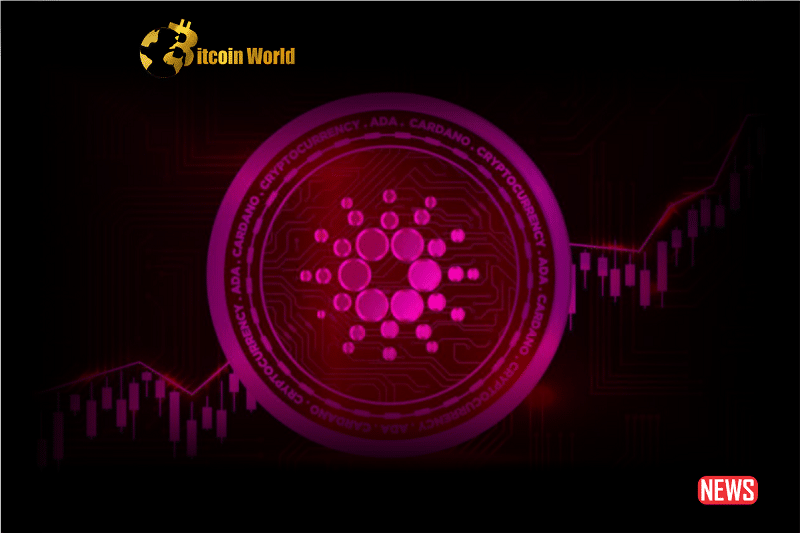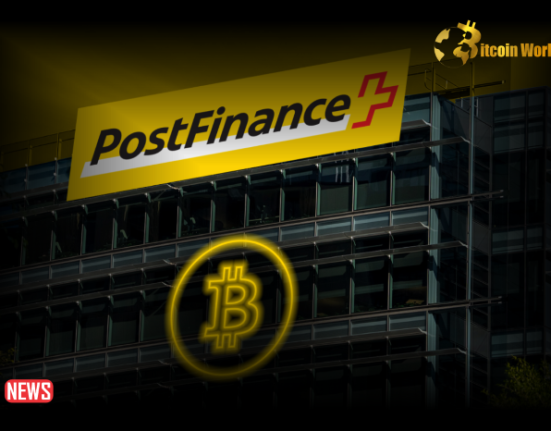Cardano’s price journey has been closely tied to a persistent trendline that emerged in late August. This trendline has proven to be an unyielding ADA ceiling, preventing significant bullish breakthroughs. Cardano is trading at $0.251 at the latest data point, with the trendline above a formidable resistance. Yet, it’s more than just this trendline hindering Cardano; the glaring absence of market volume is another roadblock. Traders are in a holding pattern, anticipating a signal that never materializes. This lack of trading activity indicates that a reversal is not on the horizon.
Further exacerbating the bearish sentiment is the underwhelming demand for Cardano-based decentralized applications (dApps). It’s akin to hosting a party without attendees; the absence of dApp activity underscores that the Cardano ecosystem isn’t as vibrant as hoped. The takeaway here is unmistakable: Cardano is entrenched in a pronounced downtrend with no signs of a reversal. The stubborn trendline acts as an impassable gatekeeper, and the combination of low market volume and a dormant dApp landscape paints a trifecta of bearish signals.
Meanwhile, Shiba Inu, the meme coin sensation, continues its remarkable growth, defying the market’s prevailing low volatility and liquidity concerns. With SHIB’s price currently hovering around $0.00000738, its upward trajectory isn’t a mere fluke but likely a response to the broader market’s oversold conditions. Much of the market has been undervalued, prompting a rebound, and SHIB appears to be riding that wave. Surprisingly, low volatility, which often signifies a stagnant market, hasn’t dampened SHIB’s enthusiasm. It’s as if the coin proclaims, “I’m still here, and I’m here to stay!”
Trading volume and investor interest in SHIB are gradually picking up steam. If this rally sustains its momentum, we could witness a substantial surge in its value. It’s akin to a snowball starting to roll downhill; all it needs is that initial push to transform into an avalanche.
On the other hand, Layer-2 solutions like Arbitrum and Optimism, designed to alleviate Ethereum’s congestion, are facing a slump. Why? Because Ethereum itself is grappling with reduced demand. The network needs to be more utilized, so transaction costs have plummeted, rendering the need for Layer-2 solutions less pressing. Ethereum is valued at $1,628.04, while Arbitrum (ARB) hovers around USD 0.805. These figures reveal a market that could be more active but also veering away from Layer-1 and Layer-2 solutions.
Even Ethereum’s deflationary measures, such as token burning, have failed to extricate it from its inflationary spiral. The irony is palpable; Layer-2 solutions were developed to solve Ethereum’s exorbitant gas fees. However, the lack of network activity has led to negligible costs for Ethereum interactions, diminishing demand for Layer-2 solutions. It’s a self-perpetuating cycle of low demand and low prices.
However, the crypto market operates in cycles, and demand is bound to resurge eventually. When that happens, the utility of Layer-2 solutions will regain prominence, potentially driving up their market values. It’s a waiting game for now, with Layer-2 tokens bearing the brunt of the market’s indifference.














